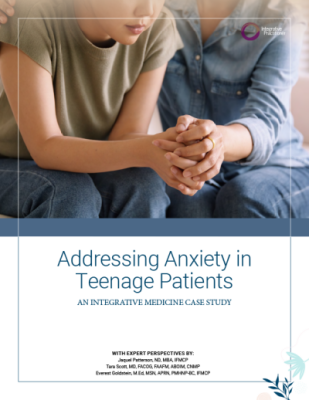Experts offer interim advice for prescribing cannabis to epilepsy patients
A group of Australian healthcare experts recently released a document which details how cannabis medicines can be safely used on patients with epilepsy.
Although the New South Wales State Government (Australia) established a cannabinoid prescribing guidance service in 2017, the state guidance did not include all the ways cannabis can be used medically. Until the state updates this guidance, the document, published in the British Journal of Clinical Pharmacology, offered temporary standards for prescribing medical cannabis for those with epilepsy. The paper gave consensus advice from pediatric and adult epilepsy specialists, clinical pharmacists, clinical pharmacologists, and cannabis researchers from across Australia.
The document explained the evidence that suggests cannabis can help with epilepsy, the patient eligibility criteria for using these medicines, regulatory issues, how to choose the appropriate cannabinoid depending on patient needs, and how certain drugs interact with cannabis medicines as well as pharmacokinetic interactions. The paper also had a section dedicated to pharmacodynamic interactions of cannabinoids which discussed sedation, dosing, adverse effects, and cessation and withdrawal.
“In the absence of a registration dossier, scientific experiments and case reports are helpful to provide some guidance to optimized dosing,” said senior author Jennifer H. Martin, MBChB, MA, PhD, FRACP, director of the Australian Centre for Cannabis Clinical and Research Excellence. “However, as in this guidance, observational data obtained from clinical practice—which often includes information not included in scientific experiments or even early clinical trial data, such as treating patients with other comorbidities, taking multiple medications, and patient diversity—can be very helpful to clinical practice.”
According to the document’s authors, the guidance will be continually updated as new evidence on the topic is presented. In the future, the authors hope to turn the consensus advice into more official guidelines for prescribers.




















SHARE